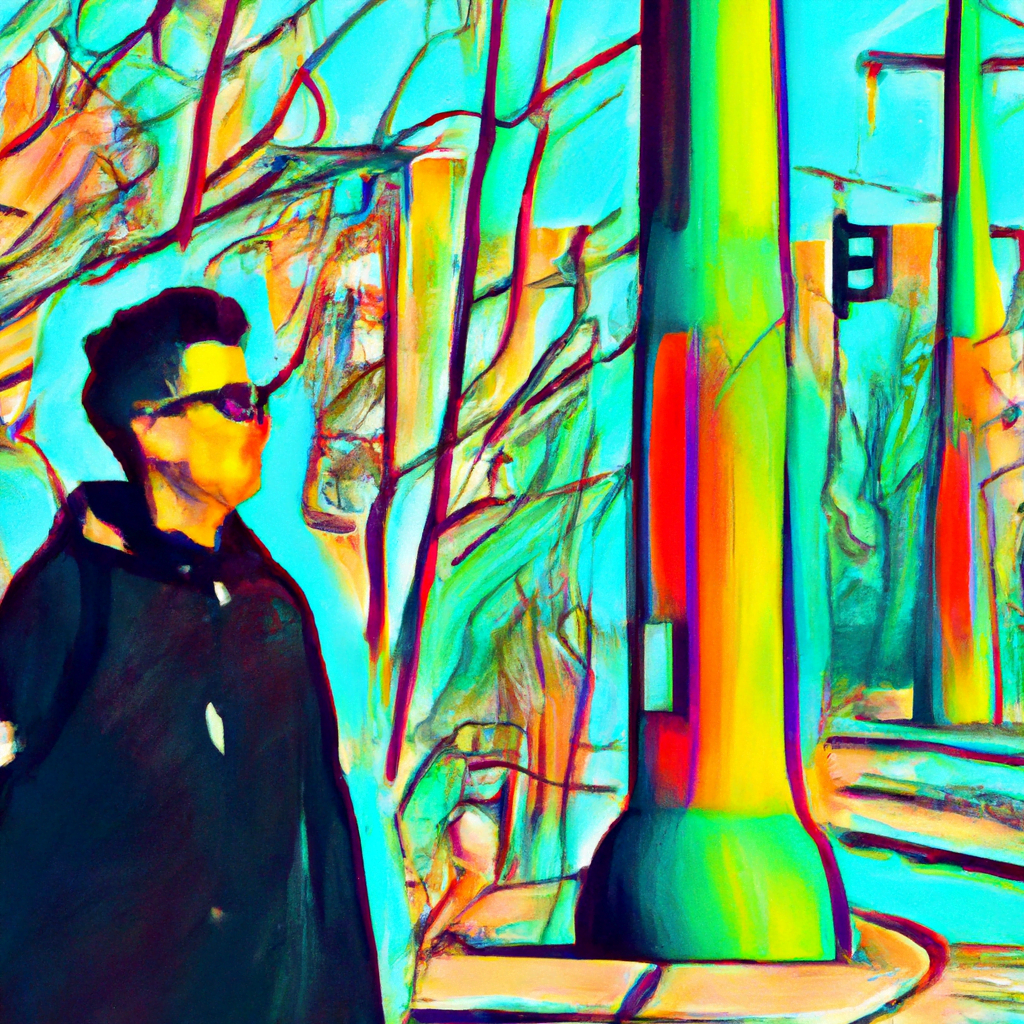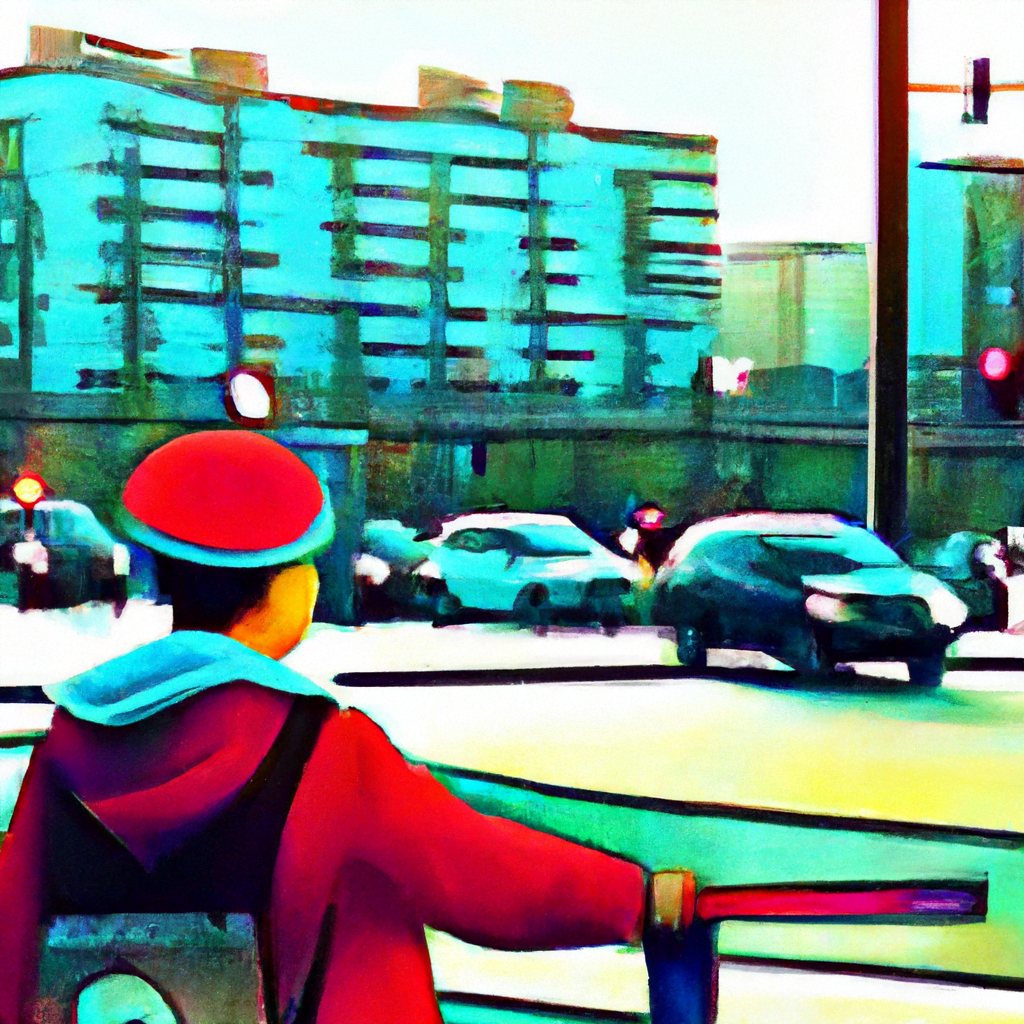
Exploring Cyberpunk Illustration: Imagining Dystopian Futures

Cyberpunk illustration has become an increasingly popular art form that captures the essence of dystopian futures. With its unique blend of technology, urban decay, and a dark, gritty atmosphere, cyberpunk art offers a captivating glimpse into a world where humanity’s relationship with technology has taken a dark turn. In this article, we will delve into the origins of cyberpunk illustration, its defining characteristics, and the impact it has had on popular culture.
The Origins of Cyberpunk Illustration
Cyberpunk as a genre originated in the 1980s, with its roots in science fiction literature. Authors like William Gibson, Bruce Sterling, and Philip K. Dick introduced readers to a world where advanced technology coexisted with social and economic decay. This blend of high-tech and low-life formed the foundation of cyberpunk, and it quickly found its way into other forms of media, including illustration.
One of the earliest examples of cyberpunk illustration can be traced back to the work of Syd Mead, a renowned concept artist who worked on movies like Blade Runner and Tron. Mead’s futuristic cityscapes and intricate designs set the visual tone for cyberpunk, influencing countless artists who followed in his footsteps.
Defining Characteristics of Cyberpunk Illustration
Cyberpunk illustration is characterized by several key elements that help create its distinct aesthetic:
- High-Tech, Low-Life: Cyberpunk art often depicts a world where advanced technology is prevalent, but society is in a state of decay. This contrast between the futuristic and the dilapidated creates a sense of unease and tension.
- Neon Lights and Dystopian Cityscapes: Cyberpunk art frequently features vibrant neon lights illuminating dark, rain-soaked city streets. These cityscapes are often overcrowded, polluted, and dominated by towering skyscrapers, emphasizing the overwhelming presence of technology.
- Cybernetic Enhancements and Augmentations: Another common theme in cyberpunk illustration is the integration of technology with the human body. Characters often sport cybernetic enhancements, such as robotic limbs or neural implants, blurring the line between man and machine.
- Cybercrime and Hackers: Cyberpunk art often explores themes of hacking, cybercrime, and corporate control. Hackers, rebels, and anti-establishment figures are frequently depicted as protagonists fighting against oppressive systems.
The Impact of Cyberpunk Illustration on Popular Culture
Cyberpunk illustration has had a profound impact on popular culture, influencing not only art but also movies, video games, and fashion. The iconic imagery associated with cyberpunk has become synonymous with futuristic dystopias and has inspired countless creators across various mediums.
One of the most notable examples of cyberpunk’s influence is the 1982 film Blade Runner, directed by Ridley Scott. The movie’s visual style, heavily influenced by Syd Mead’s artwork, set the standard for cyberpunk aesthetics in film. Blade Runner’s dark, rain-soaked cityscapes and neon-lit streets have since become iconic representations of the genre.
In the world of video games, the cyberpunk genre has seen a resurgence in recent years. The highly anticipated game Cyberpunk 2077, developed by CD Projekt Red, is set in a sprawling, futuristic city and has garnered significant attention for its immersive cyberpunk world. The game’s promotional artwork and trailers have captivated audiences with their stunning visuals, further cementing the popularity of cyberpunk illustration.
The Future of Cyberpunk Illustration
As technology continues to advance and society grapples with its implications, cyberpunk illustration remains a relevant and powerful art form. It serves as a visual commentary on our relationship with technology, the potential consequences of its unchecked growth, and the impact it has on our lives.
With the rise of virtual reality and augmented reality technologies, we can expect to see new forms of cyberpunk illustration emerge. Artists will have the opportunity to create immersive experiences that transport viewers into dystopian futures, blurring the line between art and technology even further.
Summary
Cyberpunk illustration offers a captivating glimpse into dystopian futures where advanced technology coexists with social and economic decay. Its defining characteristics, such as high-tech, low-life settings, neon-lit cityscapes, and cybernetic enhancements, create a unique aesthetic that has influenced popular culture. From movies like Blade Runner to video games like Cyberpunk 2077, cyberpunk illustration has left an indelible mark on various forms of media. As technology continues to evolve, cyberpunk art will continue to evolve with it, providing thought-provoking commentary on our relationship with technology and the potential consequences it may bring.
